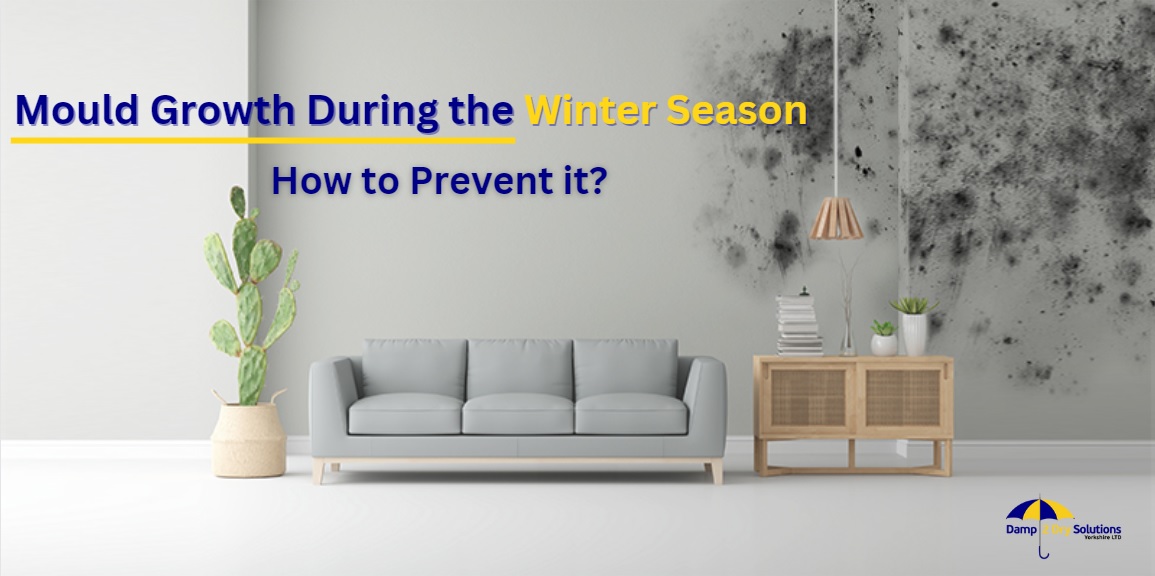If you’ve got a cold wall in your home, you’re not alone! Many UK homeowners deal with this frustrating issue, especially in older properties. A cold wall can make a room feel chilly, damp, and generally uninviting. But don’t worry; there’s a fix!
In this article, we’ll explore how you can insulate a cold wall from the inside, keeping your home warm and cosy all year round. Let’s dive in!
Why Insulating a Cold Wall is Important
Cold walls don’t just make your home uncomfortable; they can also lead to problems like mould, mildew, and increased heating bills. Insulating the wall from the inside helps to:
- Reduce heat loss – Keeping warmth where it belongs: inside your home.
- Prevent damp – A cold wall can attract condensation, which leads to damp issues.
- Save energy – Insulation makes your heating system more efficient, reducing your bills.
- Improve comfort – Say goodbye to draughts and cold spots!
Now that we know why it’s essential, let’s look at how to do it.
What You’ll Need to Get Started
Before you begin, make sure you’ve got the right tools and materials. Here’s a quick checklist:
- Insulation boards (rigid or thermal)
- Adhesive or mechanical fixings
- Plasterboard
- Vapour control layer (if required)
- Joint tape and filler
- Tools: tape measure, utility knife, spirit level, screws, screwdriver, and a saw
Pro tip: Always measure your wall carefully to ensure you buy enough materials.
Step-by-Step Guide to Insulating a Cold Wall from the Inside

1. Prepare the Wall
First things first: you need a clean and dry surface. Any existing damp or mould needs to be dealt with before you start. Here’s what to do:
- Clean the wall – Use a mould cleaner if necessary.
- Repair damage – Fill in cracks or holes with a filler.
- Check for damp – If you suspect rising damp or leaks, fix these before insulating.
A well-prepped wall is the foundation of a successful insulation job!
2. Choose the Right Insulation Material
There are a few options when it comes to insulation materials, but for cold walls, rigid foam boards or insulated plasterboards are your best bet. They’re easy to install, space-efficient, and provide excellent thermal performance.
Some popular choices include:
- PIR boards (Polyisocyanurate): Great for thermal insulation.
- Phenolic boards: Thin but highly effective.
- Insulated plasterboards: A two-in-one solution that saves time.
3. Apply the Insulation Boards
Now it’s time to attach the insulation boards to your wall. You can use adhesive or screws, depending on your preference and wall type.
- Using adhesive: Apply a dot-and-dab adhesive to the back of the board and press it firmly onto the wall.
- Using screws: Drill holes in the wall, insert wall plugs, and screw the board in place.
Make sure the boards fit snugly together, with no gaps in between. Gaps can let cold air sneak through, defeating the purpose of insulation.
4. Seal the Joints
Once the boards are up, you’ll need to seal the joints to prevent heat loss and air leakage. Use joint tape to cover the seams between the boards, and apply filler to ensure everything is smooth and airtight.
5. Add a Vapour Control Layer (if needed)
In some cases, you might need to install a vapour control layer to prevent moisture from getting trapped in your insulation. This step is especially important in older homes or areas prone to damp.
Simply attach the vapour barrier over the insulation boards using adhesive or staples. Be sure to overlap the edges to create a continuous seal.
6. Install Plasterboard
Next, you’ll need to cover the insulation with plasterboard. This not only gives your wall a smooth finish but also protects the insulation.
- Measure and cut the plasterboard to size.
- Fix it to the wall using screws or adhesive.
- Make sure the boards are level and secure.
7. Finish the Wall
You’re almost done! Now it’s time to add the finishing touches:
- Tape and fill the plasterboard joints.
- Sand down any rough edges.
- Paint or decorate the wall to match the rest of your room.
And there you have it; a fully insulated, warm, and cosy wall!
Also read: How to Keep Your House Dry in Winter
Tips for Success
- Don’t rush the prep work – Properly preparing the wall is key to a long-lasting result.
- Mind the gaps – Even small gaps in insulation can cause heat loss.
- Work safely – Use protective gear when cutting insulation boards and handling adhesives.
- Get professional advice – If you’re unsure about anything, it’s worth consulting a pro.
FAQs About Insulating Cold Walls
1. Can I DIY wall insulation, or should I hire a professional?
You can absolutely tackle this as a DIY project if you’re handy and have the right tools. However, for more complex jobs or if you’re dealing with serious damp issues, it’s best to hire a professional.
2. How much does it cost to insulate a cold wall?
Costs vary depending on the size of your wall and the materials used. On average, you might spend £20–£50 per square metre for materials. Labour costs will add extra if you hire a professional.
3. Is it worth insulating just one wall?
Yes! If one wall is particularly cold (like an external wall), insulating it can make a big difference to the comfort of your room.
4. Will insulation stop condensation?
Insulation can help reduce condensation by keeping the wall surface warmer. Pair it with proper ventilation for the best results.
Final Thoughts
Insulating a cold wall from the inside isn’t just about staying warm; it’s about making your home more comfortable, energy-efficient, and free from damp issues. While it may take a bit of effort, the benefits are well worth it.
So, why not give it a go? Follow these steps, take your time, and transform that chilly wall into a cosy, warm space. Your home (and your energy bills) will thank you!
Say goodbye to damp and hello to comfort with Damp 2 Dry Solutions (Yorkshire) Ltd! Let us help you make your home warm, cosy, and dry all year round.





